Preventing Puppy Biting: How Keeping a Leash on Your Puppy at Home Can Help
Puppies are adorable bundles of energy and curiosity, but they often come with a less adorable habit: biting. While puppy biting is a natural behavior, it's essential to address it early to prevent future problems. One effective method for curbing this behavior is to keep a leash on your puppy even when indoors. Here’s why this strategy works and how to implement it effectively to teach your puppy appropriate behavior.
Understanding Puppy Biting
Before diving into solutions, it's important to understand why puppies bite. Biting is a normal part of a puppy’s development, helping them explore the world, relieve teething pain, and learn boundaries through play. However, without proper guidance, this behavior can become problematic.
Why Use a Leash Indoors?
Using a leash indoors might seem unconventional, but it offers several benefits for managing and training your puppy, especially when it comes to preventing biting.
1. Immediate Control
A leash gives you immediate control over your puppy’s actions. If they start to bite, you can quickly redirect their attention or gently guide them away from the behavior. This instant correction is crucial for teaching them what is and isn't acceptable.
2. Consistent Supervision
Keeping a leash on your puppy ensures you can supervise them at all times. Supervision is key to preventing biting, as it allows you to intervene before the behavior becomes ingrained. With a leash, you can keep your puppy close by, even when you’re busy with other tasks.
3. Easy Redirection
A leash makes it easier to redirect your puppy’s attention to appropriate toys or activities. When they start to bite, you can use the leash to guide them towards a chew toy or engage them in a different form of play. Consistent redirection helps reinforce positive behaviors.
4. Setting Boundaries
Using a leash indoors helps set physical boundaries for your puppy. It teaches them to stay within certain areas and reduces the chances of them encountering situations that might trigger biting, such as rough play with children or other pets.
5. Reinforcing Commands
Training commands like “leave it” or “no bite” are more effective when you have a leash to guide your puppy. The leash helps reinforce these commands by providing a physical cue that complements your verbal instruction, making it easier for your puppy to understand and follow.
Implementing the Leash Method Effectively
1. Choose the Right Leash
Select a lightweight leash that is comfortable for your puppy to wear indoors. Avoid retractable leashes, as they can be difficult to control in close quarters. A standard six-foot leash works well for most situations.
2. Supervise Constantly
Never leave your puppy unattended while they are leashed indoors. The leash is a training tool, not a babysitter. Constant supervision ensures you can intervene and correct behavior as needed.
3. Use Positive Reinforcement
Pair leash training with positive reinforcement. When your puppy follows commands or redirects their biting to a toy, reward them with praise, treats, or affection. Positive reinforcement encourages them to repeat good behavior.
4. Consistent Commands
Use clear, consistent commands when correcting biting. Phrases like “no bite” or “gentle” should be used every time you address the behavior. Consistency helps your puppy learn faster.
5. Create a Safe Space
Ensure your puppy has a designated safe space where they can retreat and relax. This could be a crate or a specific area with their bed and toys. The leash should be used to guide behavior, not to restrict their ability to feel safe and comfortable.
6. Gradual Independence
As your puppy learns to control their biting and respond to commands, gradually increase their independence by removing the leash for short periods. Continue to supervise and correct behavior as needed until they fully understand the rules.
Puppy biting is a common challenge, but with the right tools and techniques, it can be effectively managed and prevented. Using a leash indoors is a practical and efficient method to teach your puppy boundaries and appropriate behavior. By providing immediate control, consistent supervision, and easy redirection, a leash helps you guide your puppy through their biting phase and into a well-behaved adulthood. Remember, patience and positive reinforcement are key. With time and consistency, your puppy will learn to curb their biting habits and grow into a well-mannered companion.
